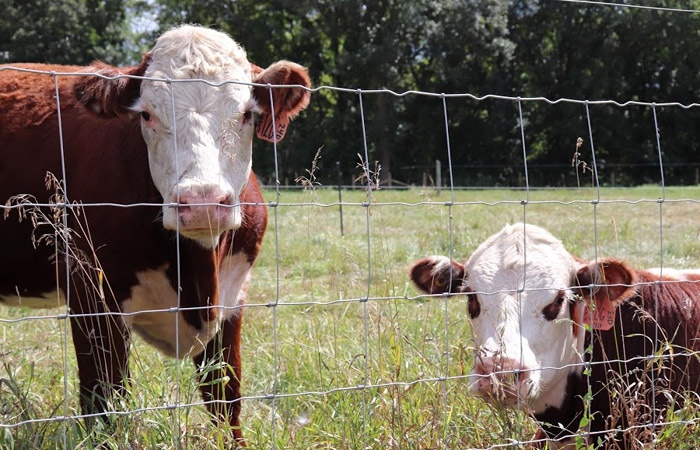Fall is an excellent time of year to fill your freezer with local meat direct from the farm. Free range chickens or even pastured pork may be available at this time of year. Also, when cattle and sheep come off the pasture in fall, they possess all the wonderful benefits and nutrients of being grass-fed. Additionally, small farmers often sell their animals before freezing temperatures set in, as feeding and watering becomes much more complicated in the winter.
If you have never purchased meat direct from a farm, here’s what you need to know:
1. Farmers are not grocery stores
You’ll most likely have to order ahead of time and either drive to a pre-arranged pick-up location or pick it up on farm. Many small farmers do not have massive amounts of freezer storage so not all meat can be available at all times of year. You may want to purchase your own freezer to store your meat for up to a year until it becomes available again. Also, you may consider trying some cuts you don’t normally eat. For example, it’s unsustainable for one small farmer to produce masses of chicken breast or lamb chops which use up just a portion of the whole animal. Use the opportunity of buying direct from the farm to connect with your food, have a conversation, and make some new habits.
2. There are regulations on meat sales
Direct meat sales are regulated in several ways. There is a strict limit to number of poultry one farmer can direct sell to customers. Although chicken can be sold to the consumer from the farm if it has been processed on-farm, it can not be sold at a market or public location. Most meat needs to be processed at an inspected facility, which can make the additional cost and/or distance prohibitive to the farmer. Many farmers will be willing to sell you a live animal, but then you may have to make the arrangements for processing yourself.
3. You may need to do research when you buy a whole or half carcass
Often buying a whole carcass can be an economical way to purchase meat. Most of the time, you’ll be charged on the hanging weight. That means the weight after the animal is skinned and gutted. So, the final weight you end up with depends on the cuts you get. If you grind all the meat, it will be less than if you keep the bone in. That said, if you buy meat this way, the waste is on you. So, make sure you order responsibly. Save the bones for broth. Learn to eat the super-food organs. Save the lard/tallow for pies or moisturizing products. It’s not difficult to research cuts online and you may learn some interesting ways to cook new dishes.
4. You are investing in your community
When you buy from local farmers who work hard, use regenerative land management principles, and steward the land well, you’ll be contributing to your community, local economy, and the future of the planet. Whether you buy direct from the farm, or just look for local in the grocery store, let’s remember to stand by our agriculture sector, encourage and support them. It’s not an easy job but so incredibly important.
To find local farmers selling meat direct from their farm, check out our facebook group: Stuartburn Emerson-Franklin Local Food Initiative.




